What are infectious diseases?
Image credit: Shutterstock
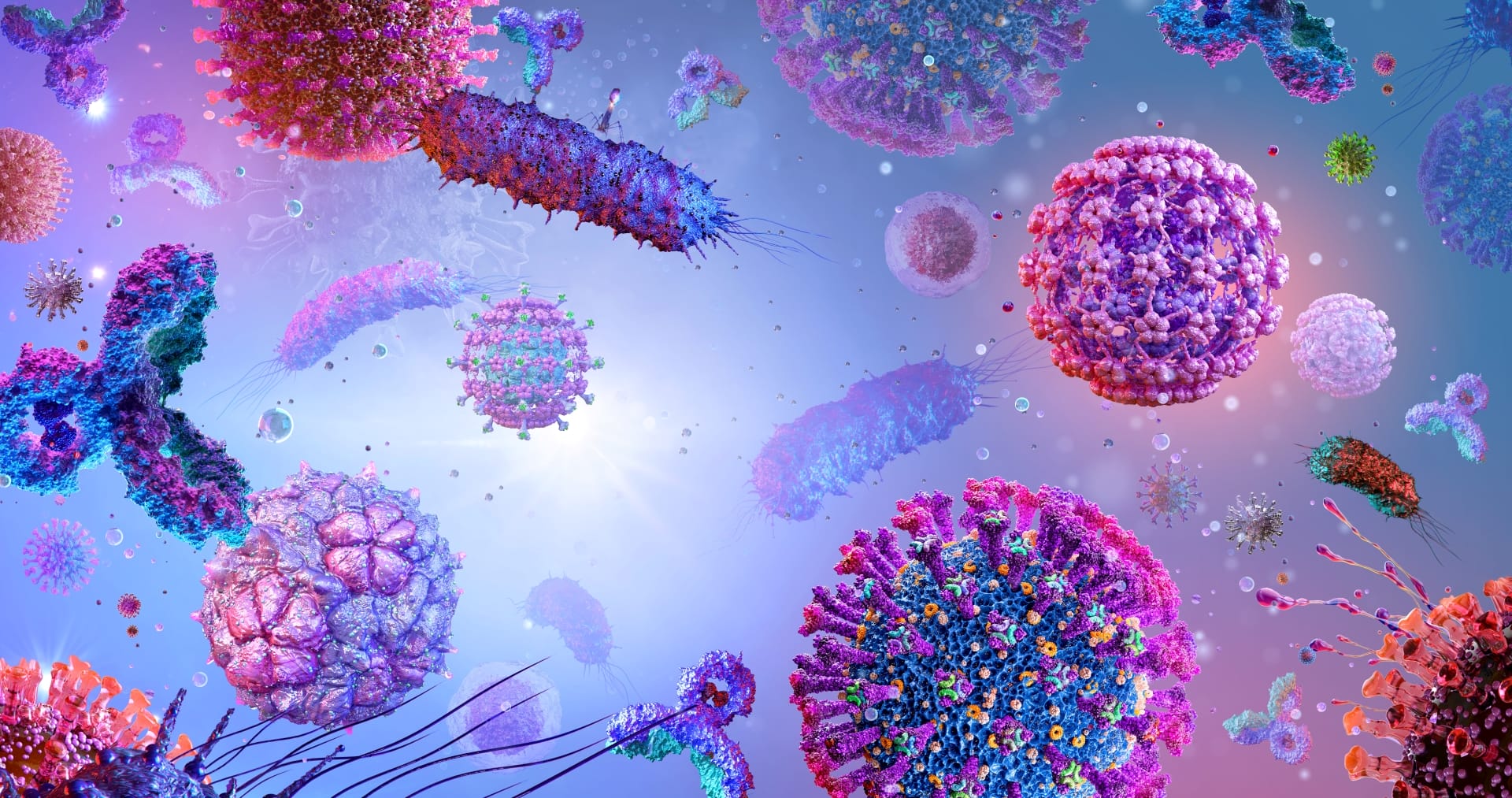
Infectious diseases are caused by microorganisms such as viruses, bacteria, fungi or parasites and can spread between individuals.
- Infectious diseases are caused by microorganisms such as viruses, bacteria, fungi or parasites.
- Microorganisms that cause disease are collectively called pathogens.
- Infectious diseases are one of the leading causes of death worldwide.
What is an infectious disease?
- Infectious diseases are diseases spread by pathogens - such as viruses, bacteria, fungi, or parasites.
- Pathogens cause disease either by disrupting the body's normal processes and/or stimulating the immune system to produce a defensive response, resulting in high fever, inflammation and other symptoms.
- Infectious diseases can be spread from one person to another, for example through contact with bodily fluids, by aerosols (through coughing and sneezing), or via a vector, for example a mosquito.
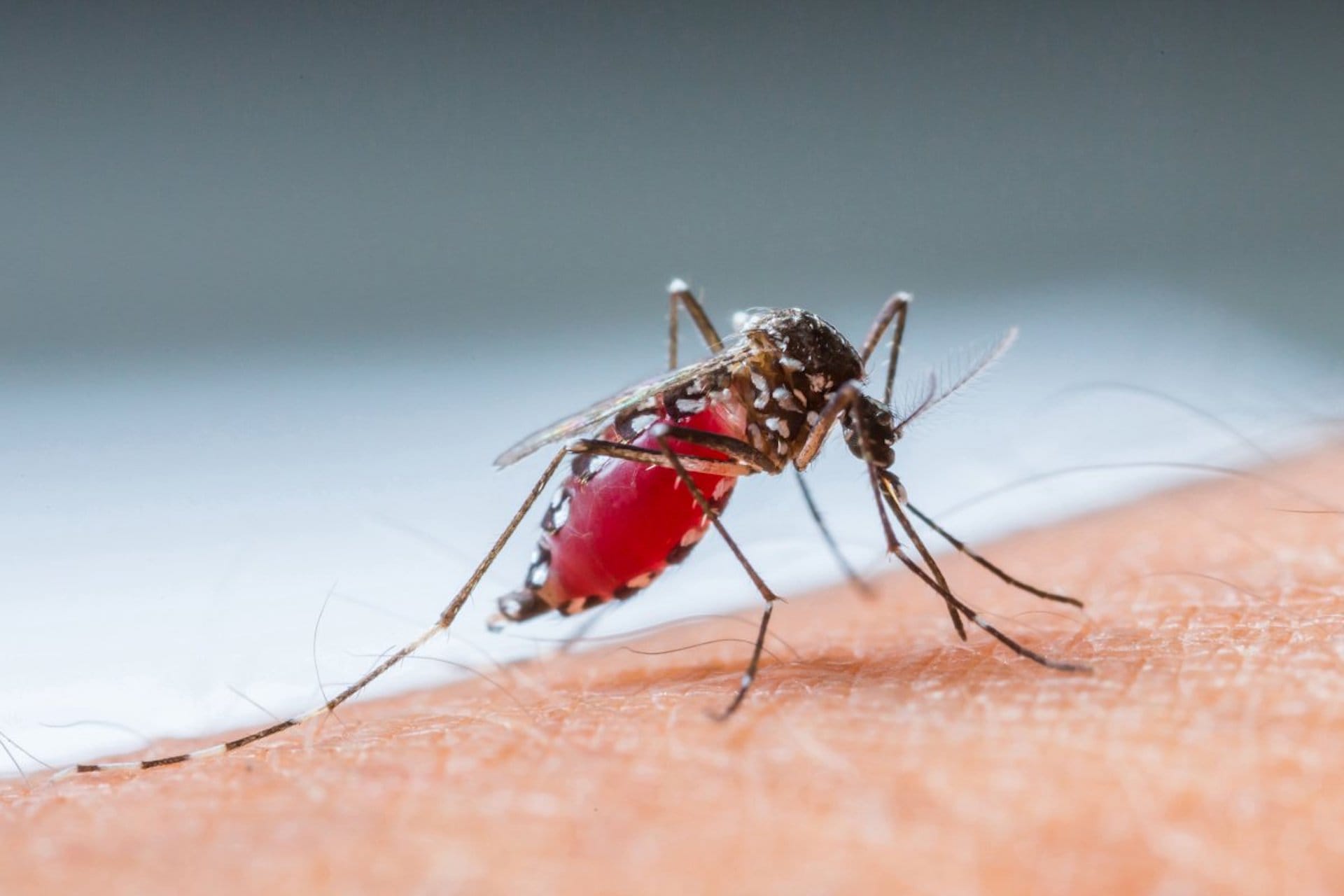
Close up of a mosquito feeding on human blood - the mosquito is a vector for a number of pathogens.
Image credit: Shutterstock
What causes an infectious disease?
- Infectious diseases are one of the leading causes of death worldwide.
- Many diseases become difficult to control if the infectious agents evolve resistance to commonly used drugs.
- For example, bacteria can accumulate mutations in their DNA or acquire new genes that allow them to survive contact with antibiotic drugs that would normally kill them.
- Scientists are currently searching for new approaches to treat infectious diseases, focusing on exactly how the pathogens change and drug resistance evolves.
Types of pathogen
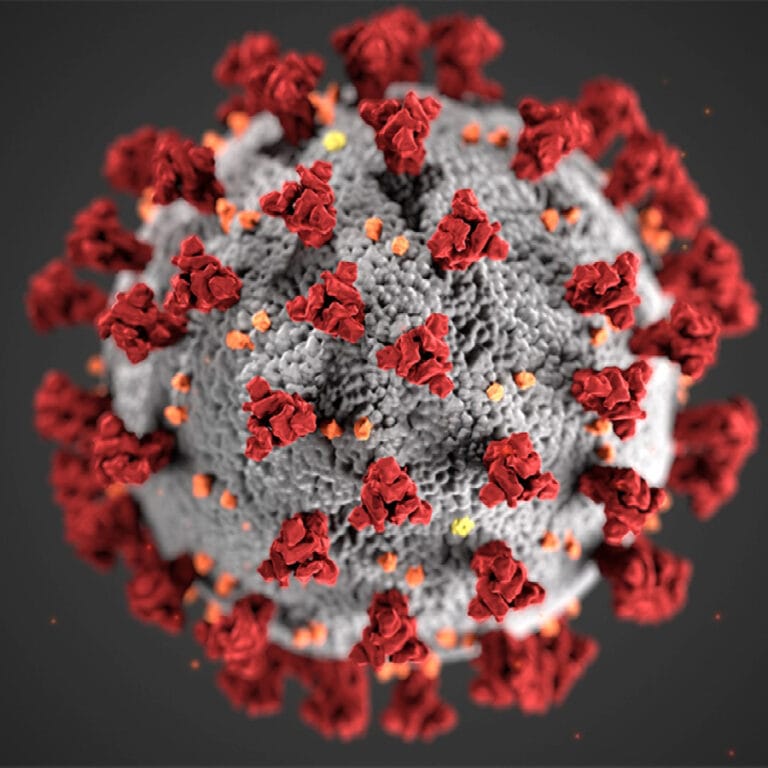
Viruses
- Viruses are tiny infectious agents that replicate only in the living cells of other organisms.
- Viruses have a very simple structure consisting of genetic material in the form of DNA or RNA within a protein capsule.
- They can infect all types of life forms, from animals to plants and bacteria to amoebae.
- Viruses can often be prevented through vaccines.
Viruses can be spread in many ways including:
- From plant to plant by insects that feed on plant sap. For example, Potato virus Y which is spread by aphids.
- From animal to animal by blood-sucking insects. For example, Dengue virus which is spread by mosquitos.
- Spread by aerosols (through coughing and sneezing). For example, influenza virus or the novel coronavirus SARS-CoV-2.
- Spread by not washing hands after going to the toilet. For example, norovirus or rotavirus.
- Spread by sexual contact. For example, HIV and Human Papillomavirus (HPV).
- Spread by exposure to infected blood. For example, Hepatitis B.
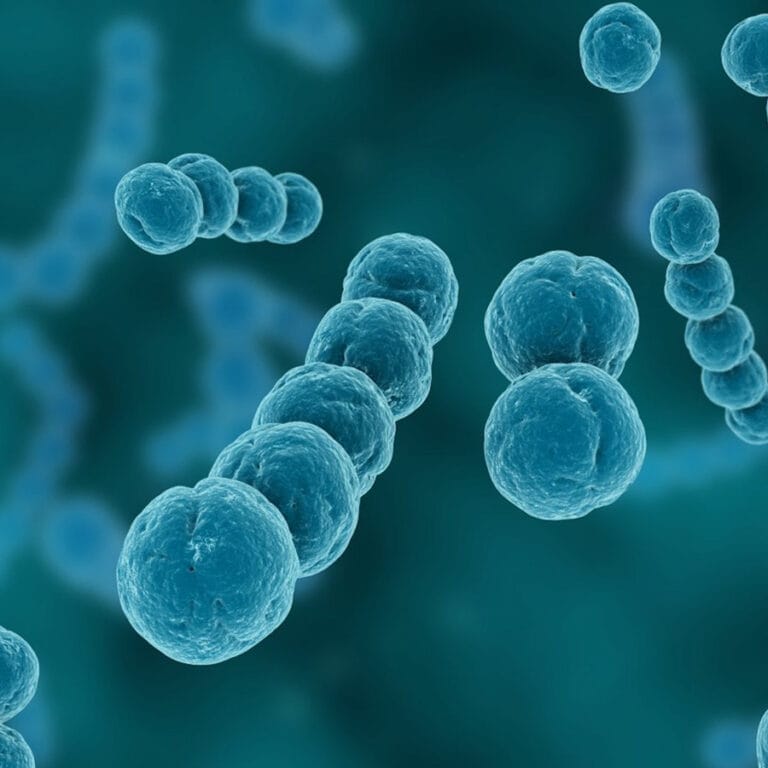
Bacteria
- Bacteria are single-celled microorganisms.
- They come in many shapes including ball-, rod- and spiral-shaped.
- Most bacteria are not harmful and some are actually beneficial. Less than one per cent of bacteria will actually make you ill.
- Infectious bacteria can grow, divide and spread in the body, leading to infectious disease.
- Some infectious bacteria give off toxins which can make some diseases more severe.
- Antibiotics are usually given to treat severe bacterial infections.
- Antibiotic resistance in bacteria is a significant problem.
Bacteria are spread in many ways including:
- Spread by aerosols (through coughing and sneezing). For example, Streptococcus.
- Spread by surface and skin contact. For example, Staphylococcus aureus, including MRSA.
- Spread through body fluids, such as blood and saliva. For example, meningococcal disease (meningitis).
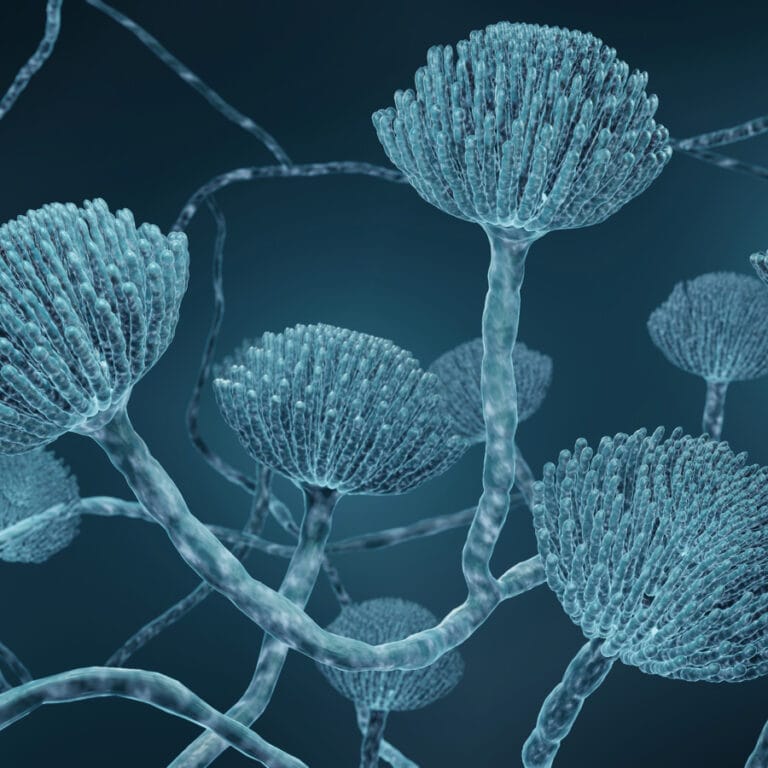
Fungi
- Fungi are microorganisms characterised by cell walls made from a substance called chitin.
- Most fungi are harmless to humans and some are edible.
- Other fungi can be infectious and may lead to life-threatening diseases.
- Fungi reproduce by releasing spores that can be picked up by direct contact or even inhaled.
- Fungal infections often affect the lungs, skin or nails. Some infections may also penetrate the body to affect organs and cause whole-body infections.
Examples of fungal infections include:
- Athlete’s foot: itching, scaling or cracking of the skin
- Ringworm: reddish, itchy, scaly rash usually on the skin and scalp
- Thrush: caused by the fungus Candida albicans which can infect the mouth, vagina, stomach and urinary tract.
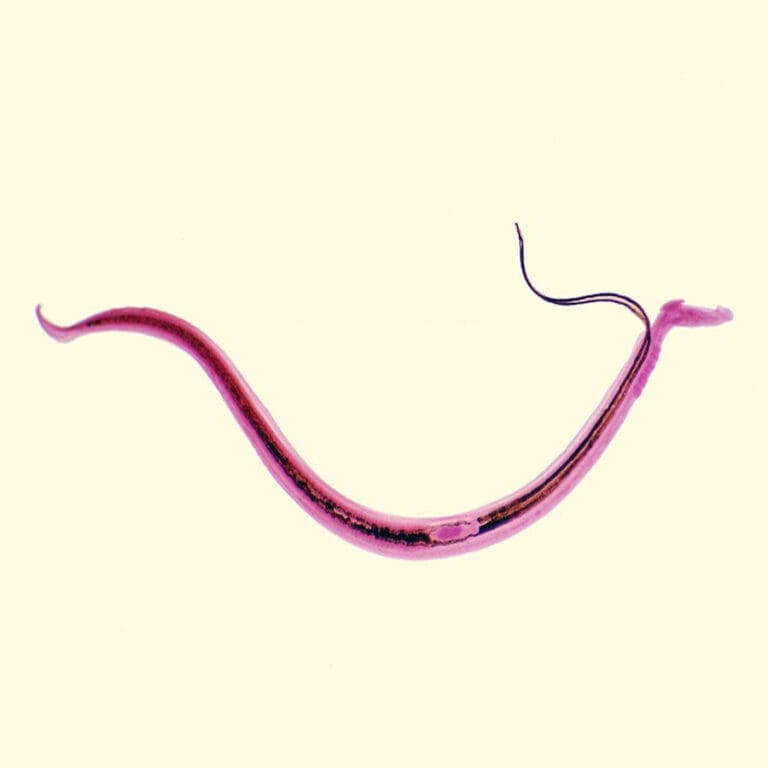
Parasites
- Parasites are organisms that live in or on another organism and benefit by getting nutrients at the expense of their host.
- Parasites can be found in many different body sites, for example in the blood, liver, digestive system, brain and even the eyes.
There are several groups of parasites that infect humans:
- Roundworms: these are nematode worms that can get into humans by ingestion, directly penetrating the skin or through insect bites.
- Protozoa: these are single-celled parasites. Many are delivered by biting insects or are ingested with contaminated water or food. They invade or eat host cells, or swim around the bloodstream and quickly reproduce by copying themselves.
- Tapeworms: these are flatworms whose heads hook on to the intestinal wall of their host. Their larvae migrate to other parts of the body. They can live in the host for decades.
- Flukes: blood flukes are flatworms that are caught through contact with contaminated water. Blood fluke larvae are released from infected snails into freshwater. Liver flukes can be found in raw or undercooked fish or water plants and can live in the body of the host for decades.